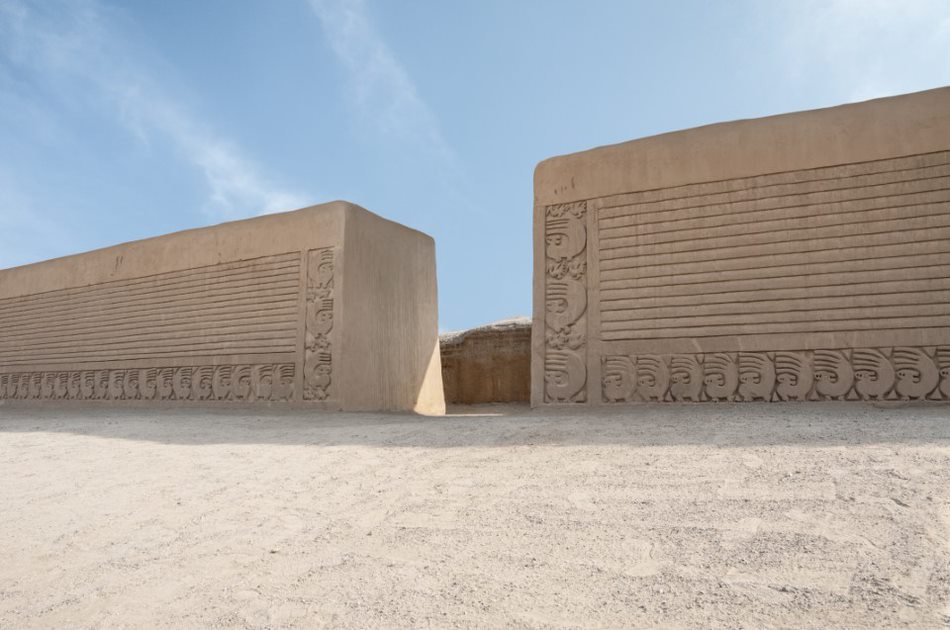When one thinks of Peru, Machu Picchu often comes to mind as the epitome of ancient wonders. However, this captivating South American country has much more to offer beyond its iconic archaeological site. Peru boasts a wide array of lesser-known attractions that are equally captivating, each offering a unique glimpse into the country’s rich history and diverse culture.
Cusco Region
Tipon: An Incan Engineering Marvel
Nestled in the Cusco region, Tipon is an expansive Incan archaeological site. Built in the fifteenth century, it is renowned for its remarkable agricultural terraces and intricate irrigation system. There are also ancient residential areas and remarkable petroglyphs. Believed to have been an imperial or feudal estate, visitors can appreciate the Incas’ ingenuity while exploring the well-preserved ruins and serene landscapes that surround Tipon.
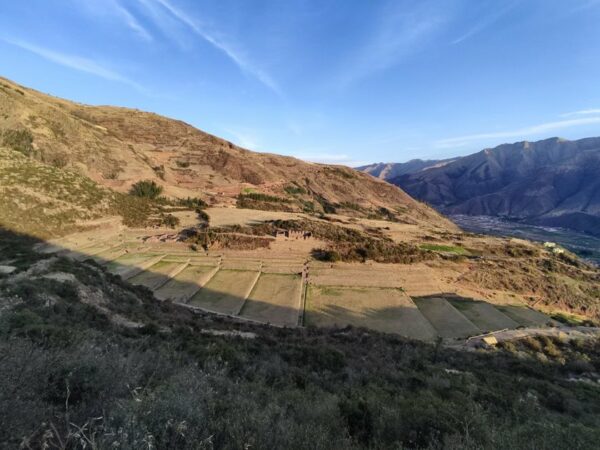
Q’eswachaka: The Last Incan Rope Bridge
In a world of modern bridges (in fact there is one nearby), the Q’eswachaka rope bridge stands as a testament to ancient customs and human resilience. Originally made from reeds, it spans 118 feet across the Apurimac River, and is to this day maintained by the locals. Every June, the community gathers to reinforce the bridge with hand-woven straw and using traditional Incan techniques. Suspended over a 60-foot gorge, crossing is an adrenaline-filled experience, one that allows visitors to connect with Peru’s cultural heritage and the indigenous communities that maintain this ancient practice.
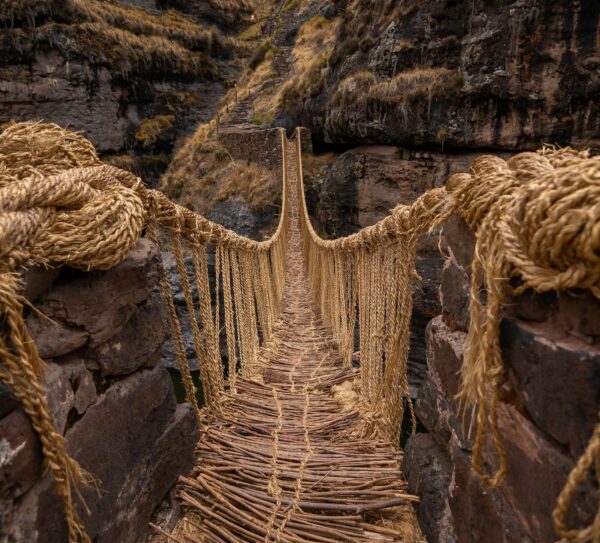
Choquequirao: A Hidden Citadel
For intrepid adventurers seeking a truly off-the-beaten-path experience, the multi-day trek to Choquequirao is an absolute must. Often referred to as the “sister city” of Machu Picchu, Choquequirao is a remote Incan site that remains only partially uncovered, which only adds to the location’s mystique. The trek takes hikers through breathtaking landscapes and rewards them with a profound sense of discovery as they explore the terraces, temples, and plazas of this ancient citadel.
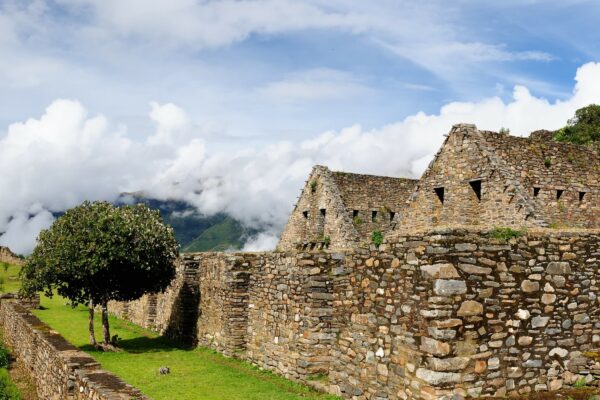
Wiñay Wayna: The Lesser-Known Jewel of the Inca Trail
While the Inca Trail is a well-trodden path, few travelers are aware of Wiñay Wayna, a hidden gem nestled along the way to Machu Picchu. Built on the side of a steep hill and overlooking the Urubamba River, this mesmerizing Incan site offers a glimpse into the ancient civilization’s agricultural and religious practices. Consisting of an upper and lower sector, the amount of work it took to construct each and every structure, and with such limited tools, is almost impossible to imagine. As you wander the premises, you’ll pass terraces, fountains, and ceremonial centers, all while feeling deeply immersed in the historical significance and natural beauty that surrounds this lesser-known destination.
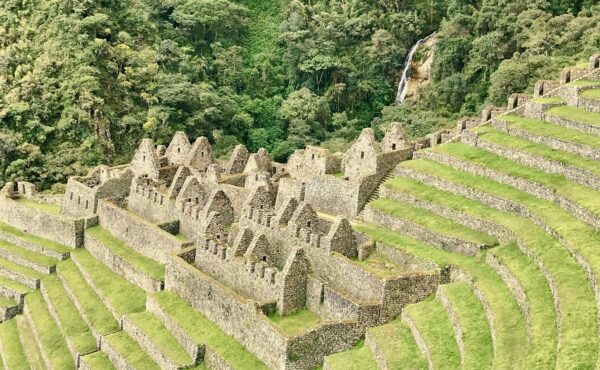
Chachapoyas Region
Kuélap: The Fortress of the Cloud Warriors
Venturing into the Chachapoyas region unveils another secret of Peru’s past: Kuélap. This monumental fortress, perched atop a mountain, served as the political and religious center of the Chachapoyas civilization. It boasts 421 structures, of which all but five are circular in shape, and within which many burial sites have been discovered. With its massive stone walls and intricate carvings, Kuélap transports visitors to a time when ancient cultures thrived in the cloud forests of Peru.
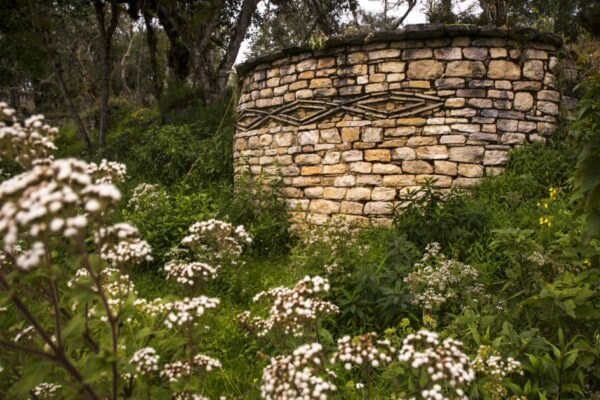
Sarcofagi of Carajía: Guardians of the Dead
In the same region, hidden amidst lush landscapes, lies the Sarcofagi of Carajía. These awe-inspiring sarcophagi, towering up to 26 feet high, house the remains of the Chachapoyas nobility. While much of the Chachapoyas culture was lost following the Incan conquest, the striking sculptures are believed to have survived in large part due to their location, situated 700 feet above the valley floor. They now stand as sentinels of the past, guarding the ancestral spirits and leaving visitors in awe of not only the intricate craftsmanship but also the Chachapoyas’ reverence for the deceased.
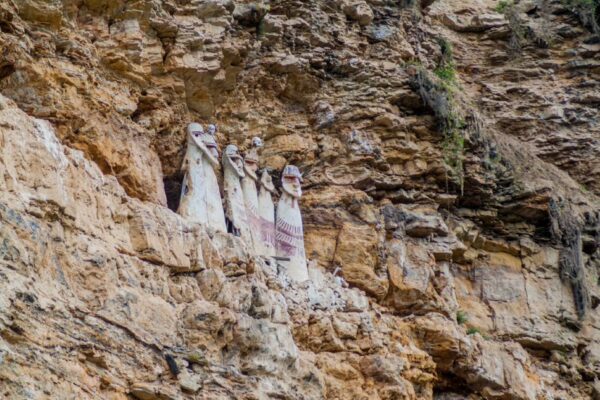
Northern Region
Chan Chan: A Massive Adobe City
Heading north toward the coast, you’ll discover the ancient city of Chan Chan. The largest city in pre-Columbian America, Chan Chan was once the capital of the Chimú civilization, a powerful empire that reigned from the 9th to the 15th century. Exploring the vast complex of Chan Chan is like stepping back in time, as visitors navigate through its intricate network of adobe walls, plazas, and ceremonial temples, its structure reflecting strict social and political separation. The city’s remarkable architecture, adorned with intricate carvings that depict mythical creatures, ocean waves, and geometric patterns, showcases the artistic and engineering prowess of the Chimú people.
*The large image at the top is another photo of Chan Chan!
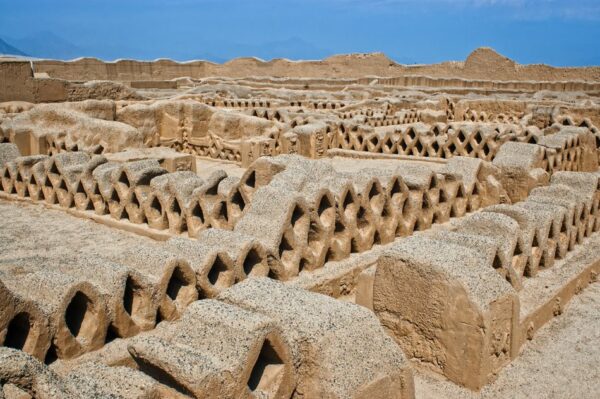
Visiting the lesser-known sites in Peru is a journey of discovery and immersion in the captivating history and cultural heritage of this enchanting country. Throughout your explorations, you will witness the resilience and ingenuity of ancient civilizations, connect with indigenous traditions, and find yourself mesmerized by the awe-inspiring landscapes that surround these archaeological wonders. By stepping off the beaten path, you not only broaden your horizons but also return with unforgettable memories!
